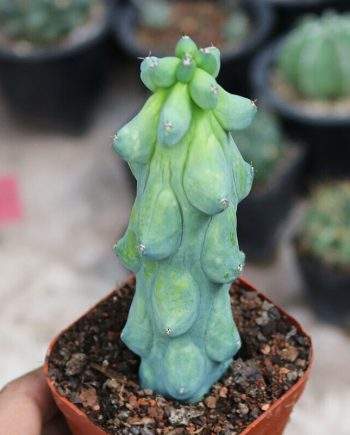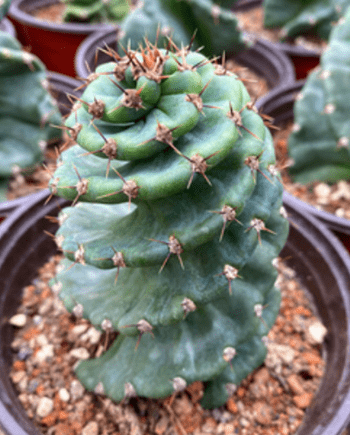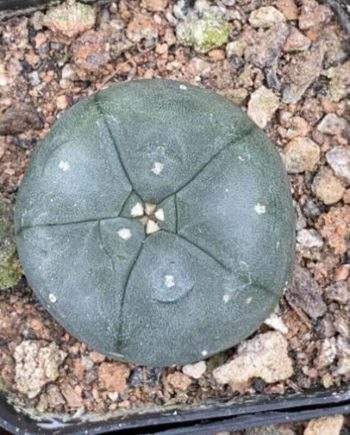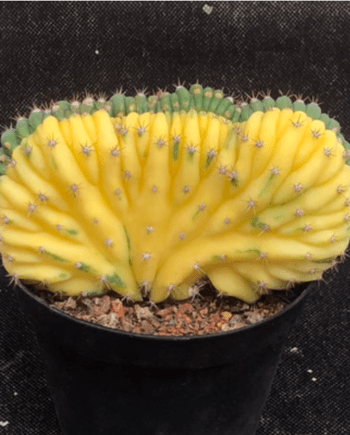Perched high in the Andes Mountains of Peru, nestled within the picturesque Callejón de Conchucos, lies one of the most intriguing and well-preserved archaeological sites in South America – Chavín de Huántar. This enigmatic site, often referred to as Chavín, carries the whispers of ancient civilizations and offers a window into the spiritual and artistic world of the Andes, long before the Inca Empire’s grandeur.
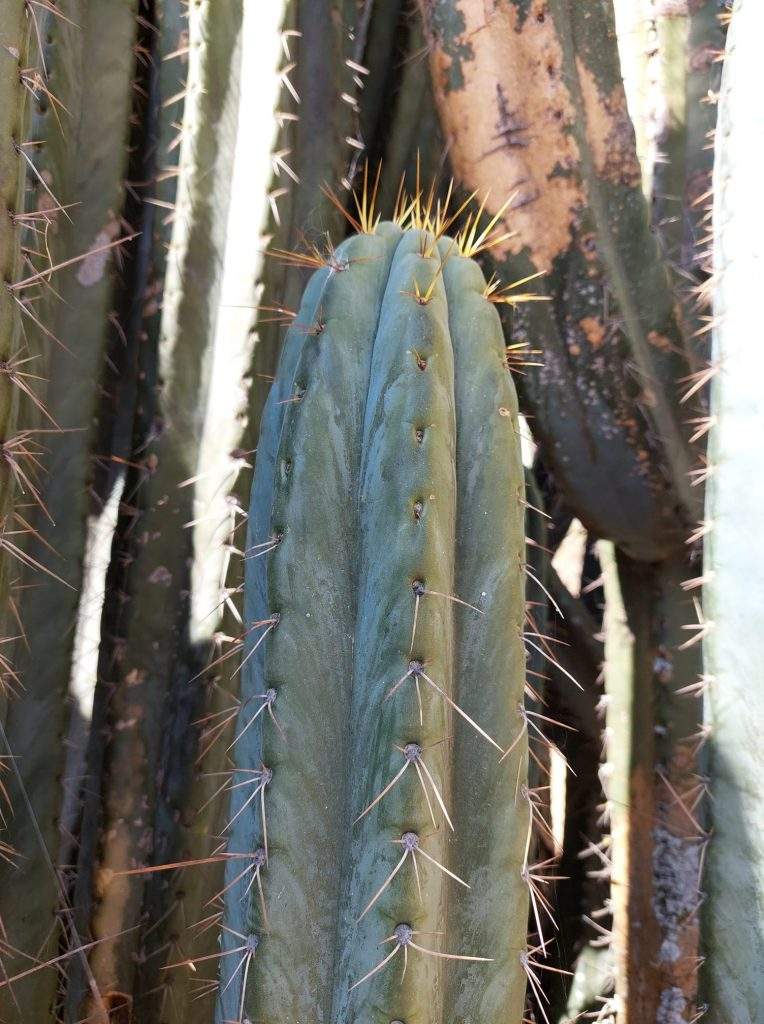
Ancient Origins
Chavín de Huántar represents the heart and soul of the Chavín culture, a civilization that thrived between roughly 900 BCE and 200 BCE. It is renowned for its pioneering influence on the development of Andean cultures and its early dominance in the region.
Geographic Significance
Situated at an elevation of approximately 3,150 meters (10,335 feet) above sea level, Chavín de Huántar occupies a strategic location, nestled between the coastal region and the Amazon rainforest. This geographical diversity mirrors the cultural diversity that once thrived within its ancient stone walls.

Architectural Marvels
The Old Temple
At the heart of Chavín de Huántar stands the Old Temple, a magnificent stone structure that boasts both architectural prowess and artistic finesse. The temple’s intricacies are woven into its labyrinthine series of underground passageways, galleries, and chambers. It is here that the true marvels of Chavín unfold.
Monoliths and Carvings
Within the depths of the Old Temple, visitors encounter an array of massive stone monoliths and carvings. The most iconic among them is “El Lanzón,” a towering stone pillar carved with a deity or shamanic figure. The elaborately decorated passageways and galleries are adorned with symbolic motifs and animal forms, each carrying profound spiritual significance.
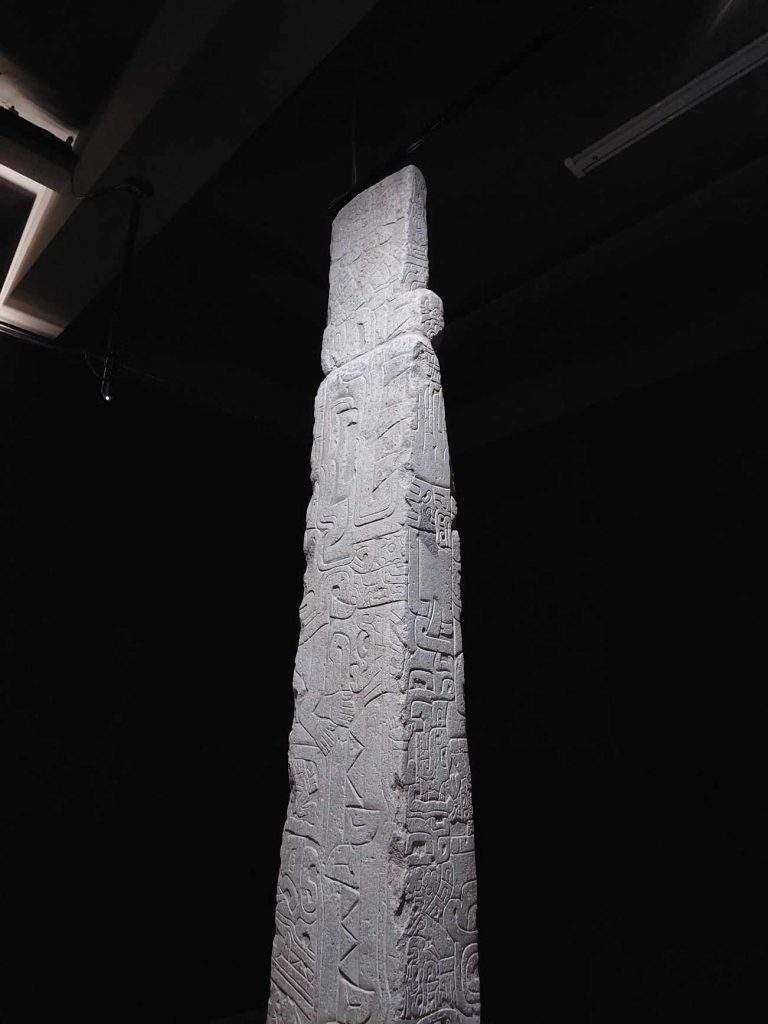
Spiritual and Ritual Significance
Shamanic Practices
Chavín de Huántar is often associated with shamanic and spiritual practices. The labyrinthine underground chambers suggest that it was a place for rituals and ceremonies, possibly involving trance-like states. The use of psychoactive plants in these ceremonies remains a subject of study and speculation.

The Circular Plaza
Adjacent to the Old Temple lies the Circular Plaza, believed to be a central gathering point for the Chavín people. It is surrounded by structures and platforms adorned with carvings and friezes, indicating its significance as a site for communal and spiritual gatherings.

Artistic Riches
The art of Chavín de Huántar is captivating in its diversity and intricacy. The carvings and sculptures are characterized by anthropomorphic and zoomorphic figures, often intertwined to represent the fusion of the human and animal realms. These artistic expressions reflect the deep spiritual and mythological beliefs of the Chavín culture.
A Lasting Legacy
Cultural Influence
Chavín culture had a profound and lasting impact on subsequent Andean civilizations, including the Moche, Nazca, and the mighty Inca Empire. The religious and artistic traditions, as well as architectural styles, carried echoes of Chavín influence.

UNESCO World Heritage
In recognition of its cultural and historical importance, Chavín de Huántar was designated a UNESCO World Heritage Site in 1985, ensuring its preservation and acknowledgment on the global stage.
The Chavín de Huántar mountain collapse is an event in the history of the Chavín de Huántar archaeological site that occurred in 1945. The collapse was a result of natural geological processes and had a significant impact on the site. Here is an overview of the Chavín de Huántar mountain collapse:
The Collapse Event:
- Year of the Collapse: The mountain collapse at Chavín de Huántar occurred in 1945. It was a significant and sudden event that affected the site.
- Cause: The collapse was attributed to the natural geological processes of the region, including the movement of rock and soil. These processes can be triggered by factors such as heavy rainfall, erosion, and the inherent instability of the mountain slopes.
- Impact on the Site: The mountain collapse resulted in the destruction and burial of parts of the archaeological site. Ancient structures, carvings, and other cultural remnants were buried under the debris.
Recovery and Restoration:
- Archaeological Efforts: Following the collapse, efforts were made by archaeologists and conservationists to assess the damage and plan for the recovery of the site.
- Excavation: Archaeological excavation was conducted to unearth and restore the buried structures and artifacts. This work was carried out with care to preserve the historical and cultural significance of the site.
- Preservation: Measures were implemented to stabilize the remaining structures and to protect the site from further geological threats.
Unveiling the Secrets
Chavín de Huántar continues to be a subject of fascination and study for archaeologists and historians. Its profound cultural significance, spiritual mysteries, and artistic wonders are a testament to the rich tapestry of ancient civilizations that once flourished in the Andes. Visitors today have the opportunity to explore and appreciate this timeless archaeological treasure, where the stones themselves seem to whisper stories of the past, waiting to be discovered and deciphered.

The first description of the cactus now known as Trichocereus peruvianus (formerly Cereus macrogonus) was published in 1850 by Joseph zu Salm-Reifferscheidt-Dyck, a German botanist and cactophile. At that time, the cactus was classified under the name Cereus macrogonus. This publication marked the initial recognition of the species in the field of botanical taxonomy.
Key Details:
- Taxonomic History: In the mid-19th century, the taxonomy of cacti was still in a state of development. Cacti were being collected and described by explorers and botanists from various parts of the world, and new species were continually being identified and classified. Joseph zu Salm-Reifferscheidt-Dyck was one of the botanists who contributed to this effort.
- Cereus macrogonus: The cactus described by Salm-Reifferscheidt-Dyck as Cereus macrogonus was likely based on specimens collected in South America, particularly in the Andes region of Peru and surrounding areas. The name “macrogonus” may have been chosen to describe the cactus’s large size.
- Subsequent Taxonomic Changes: As our understanding of cactus taxonomy evolved, the classification of cactus species underwent revisions. The cactus formerly known as Cereus macrogonus was later reclassified into the genus Trichocereus and given the name Trichocereus peruvianus, highlighting its Peruvian origin.
- Botanical Significance: Joseph zu Salm-Reifferscheidt-Dyck’s description of Cereus macrogonus played a role in the early cataloging and understanding of cacti. It is through the contributions of botanists like him that we have a clearer picture of the diversity of cactus species.

A Special thanks to the very knowledgeable @planet rick for his info and photos
Some Products
-
Penis Cactus – TBM Clone B$37.00
-
Myrtillocactus Geometrizans cv. Fukurokuryuzinboku$38.00
-
Product on saleCereus forbesii cv. SpiralisOriginal price was: $45.00.$42.00Current price is: $42.00.
-
Lophophora williamsii 2cm-4cm$36.00 – $156.00
-
Trichocereus Pachanoi Monstrose Cristata Variegata (TPMCV)$62.00
-
Lophophora Williamsii (Peyote) 1cm-2cm 5pcs$53.00


